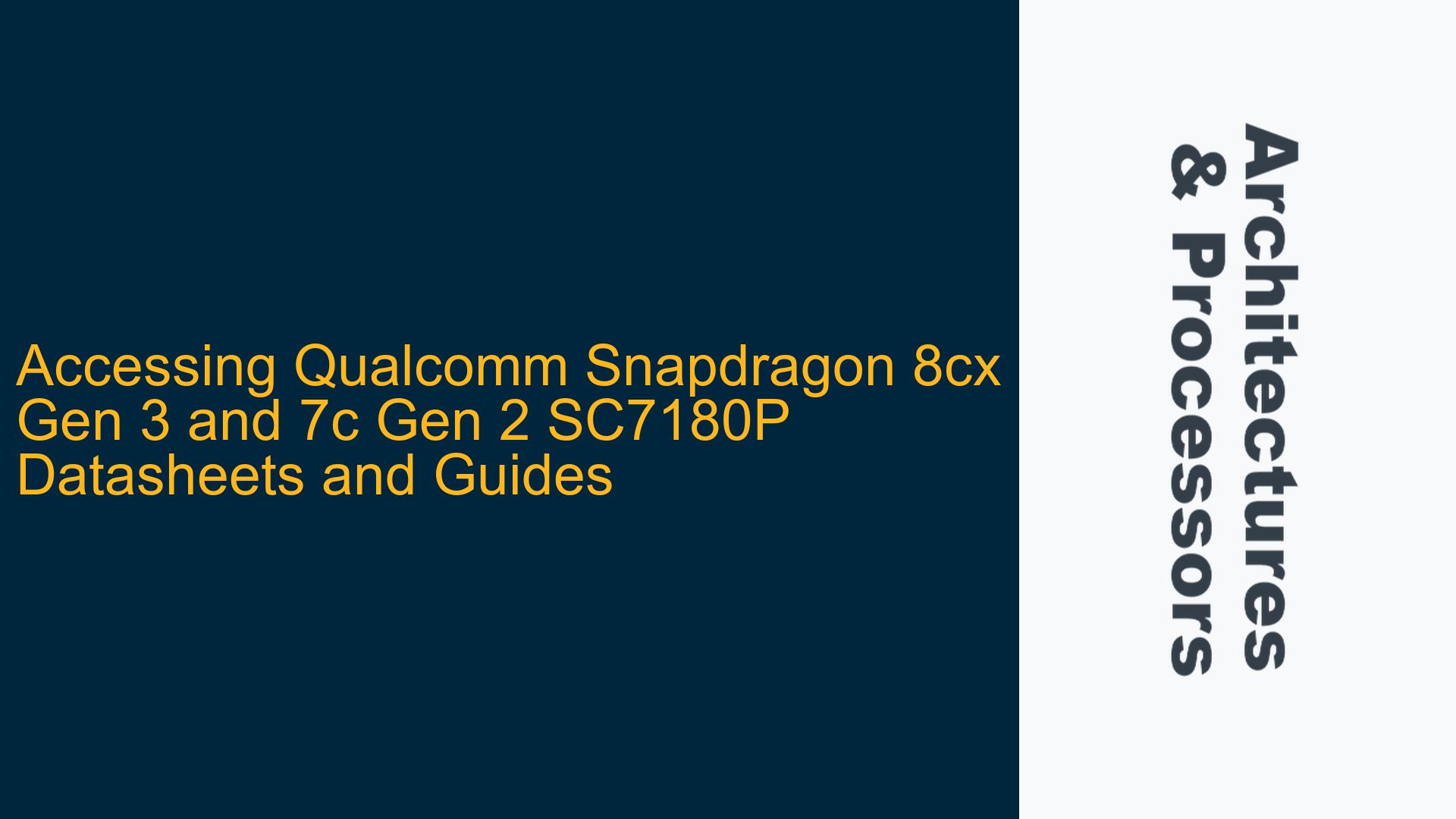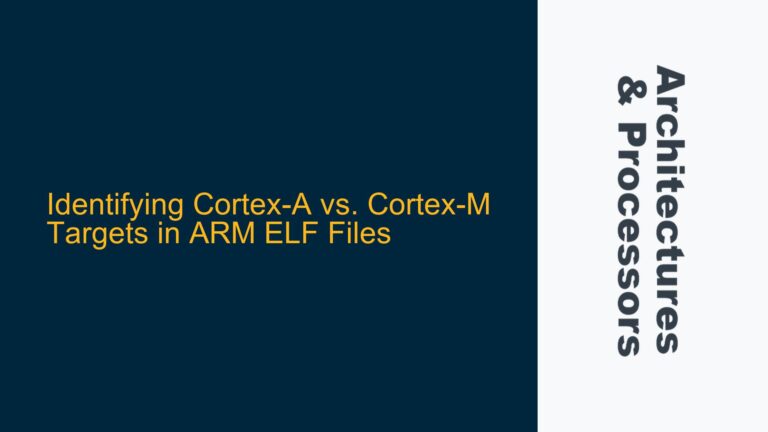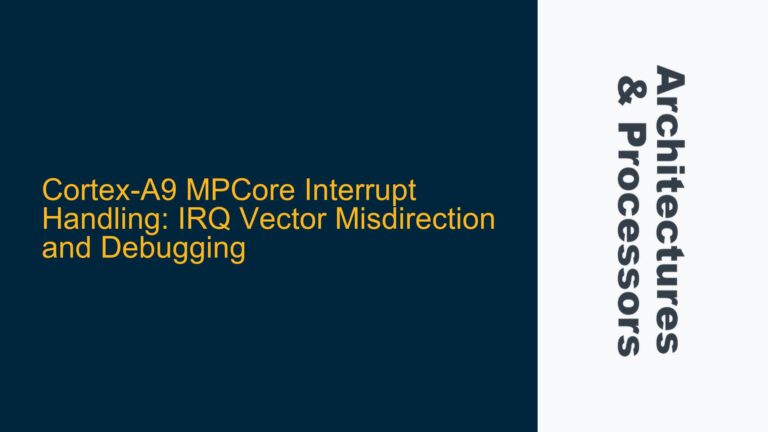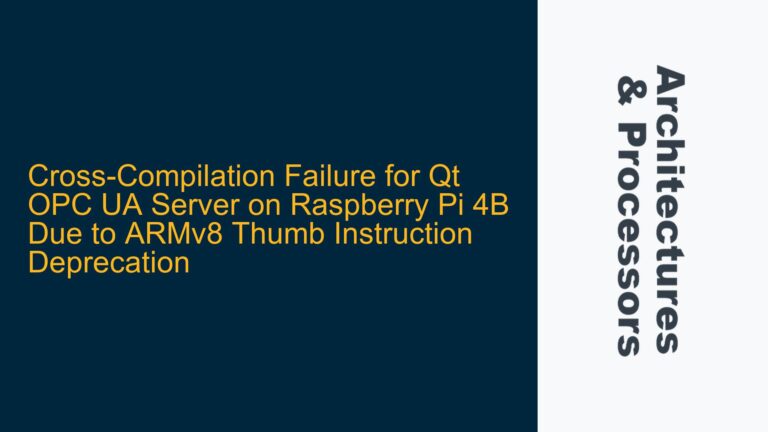Qualcomm Snapdragon Datasheet Accessibility Challenges
The Qualcomm Snapdragon 8cx Gen 3 and Qualcomm Snapdragon 7c Gen 2 SC7180P are highly specialized system-on-chip (SoC) platforms designed for advanced computing and mobile applications. These SoCs integrate ARM-based architectures with Qualcomm’s proprietary technologies, making them powerful yet complex to work with. One of the primary challenges faced by engineers and developers is accessing the detailed datasheets and technical guides for these platforms. Unlike many other semiconductor vendors, Qualcomm does not publicly release comprehensive datasheets for these SoCs, which can create significant hurdles for design, verification, and integration efforts.
The lack of publicly available documentation for the Snapdragon 8cx Gen 3 and 7c Gen 2 SC7180P can be attributed to several factors. First, these SoCs are designed for specific markets and applications, often requiring non-disclosure agreements (NDAs) to access detailed technical information. Second, Qualcomm’s business model involves close collaboration with OEMs and partners, meaning that much of the technical documentation is shared only under formal agreements. This approach ensures that proprietary technologies and intellectual property are protected but can leave independent developers and smaller organizations at a disadvantage.
For engineers working on ARM-based SoCs, the absence of detailed datasheets can lead to significant challenges in understanding the intricacies of the platform. Key areas such as the ARM AMBA bus fabric configuration, power management strategies, and integration of Qualcomm-specific IP blocks become difficult to navigate without proper documentation. This lack of information can result in suboptimal design choices, prolonged verification cycles, and potential compliance issues with ARM’s architecture specifications.
Proprietary Documentation Policies and NDA Requirements
The primary reason for the unavailability of Qualcomm Snapdragon 8cx Gen 3 and 7c Gen 2 SC7180P datasheets is Qualcomm’s proprietary documentation policies. Qualcomm operates under a business model that prioritizes close partnerships with OEMs and large-scale integrators. As a result, detailed technical documentation is typically shared only with entities that have established formal relationships with Qualcomm, often involving NDAs and other legal agreements.
This approach is not uncommon in the semiconductor industry, especially for high-performance SoCs that incorporate proprietary technologies. Qualcomm’s Snapdragon platforms, for instance, include custom DSPs, GPUs, and AI accelerators that are tightly integrated with ARM Cortex cores. The technical details of these components are considered trade secrets and are protected to maintain a competitive edge. While this strategy benefits Qualcomm and its direct partners, it creates barriers for smaller organizations, independent developers, and academic researchers who may not have the resources or connections to establish such relationships.
Another factor contributing to the inaccessibility of these documents is the complexity of the Snapdragon platforms themselves. The Snapdragon 8cx Gen 3 and 7c Gen 2 SC7180P are highly integrated SoCs with multiple power domains, advanced interconnects, and sophisticated memory hierarchies. Documenting these platforms in a manner that is both comprehensive and accessible requires significant effort, and Qualcomm may prioritize providing such documentation only to partners who are actively developing products based on these SoCs.
For engineers and developers, the lack of access to detailed datasheets can lead to several challenges. Without a clear understanding of the SoC’s architecture, it becomes difficult to optimize designs for performance, power efficiency, and reliability. Verification efforts are also hampered, as the absence of detailed specifications makes it challenging to create accurate testbenches and identify potential corner cases. Furthermore, integrating third-party IP blocks or custom peripherals becomes a trial-and-error process, increasing development time and costs.
Establishing Formal Relationships and Leveraging ARM Resources
To address the challenges of accessing Qualcomm Snapdragon 8cx Gen 3 and 7c Gen 2 SC7180P datasheets, engineers and organizations must take proactive steps to establish formal relationships with Qualcomm. This process typically involves reaching out to Qualcomm’s sales or technical support teams and expressing interest in developing products based on their platforms. Qualcomm may then require the signing of an NDA and other legal agreements before providing access to detailed technical documentation.
For organizations that already have a relationship with Qualcomm, leveraging existing contacts is the most straightforward approach. Qualcomm’s support teams are generally responsive to partners and can facilitate access to the necessary documentation. It is also advisable to engage with Qualcomm’s field application engineers (FAEs), who can provide additional insights and guidance on using the Snapdragon platforms effectively.
In cases where establishing a direct relationship with Qualcomm is not feasible, engineers can turn to ARM’s extensive resources for support. While ARM does not provide direct access to Qualcomm’s proprietary documentation, it offers a wealth of information on ARM-based architectures, including the AMBA protocols, Cortex cores, and system-level design best practices. ARM’s Technical Reference Manuals (TRMs) and Architecture Reference Manuals (ARMs) are invaluable resources for understanding the foundational aspects of the Snapdragon platforms.
Additionally, ARM’s community forums and support channels can be useful for addressing specific technical questions. While these forums may not provide direct access to Qualcomm’s documentation, they offer a platform for discussing ARM-based SoC design and verification challenges. Engaging with the ARM community can help engineers gain insights into common issues and best practices, even in the absence of detailed datasheets.
For organizations that are unable to access Qualcomm’s documentation, reverse engineering and empirical testing may be necessary to fill the gaps. This approach involves analyzing the behavior of the Snapdragon platforms through experimentation and using the results to infer the underlying architecture and functionality. While this method is time-consuming and carries inherent risks, it can provide valuable insights when formal documentation is unavailable.
In conclusion, accessing the datasheets and technical guides for Qualcomm Snapdragon 8cx Gen 3 and 7c Gen 2 SC7180P requires navigating Qualcomm’s proprietary documentation policies and establishing formal relationships. For engineers and organizations, leveraging ARM’s resources and engaging with the ARM community can provide valuable support in the absence of detailed documentation. While the challenges are significant, a combination of proactive engagement, empirical testing, and community collaboration can help overcome these hurdles and enable successful design and verification efforts.






